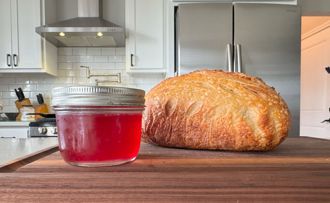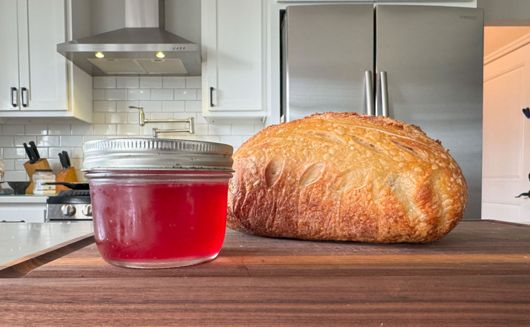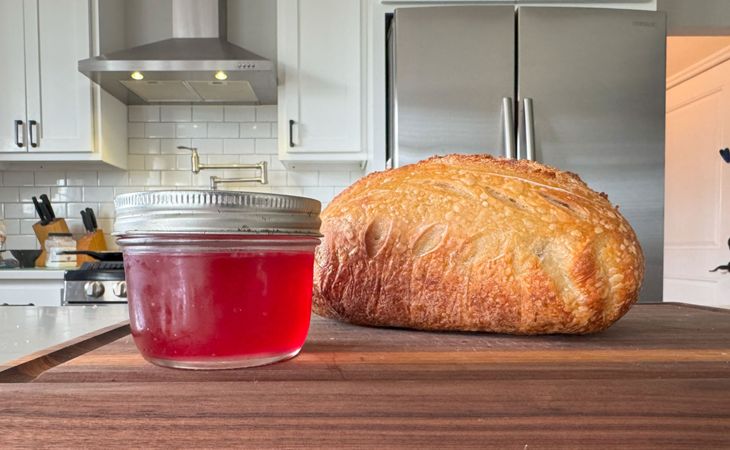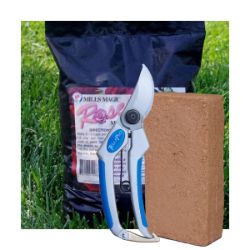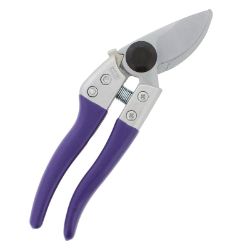Winterizing Roses
Roses can easily die from the cold, drying winter winds, sudden changes between freezing and thawing, and from freezing injuries to the bud union. Here are some general guidelines you want to follow when preparing your roses for winter:
NOTE: This is part 11 in a series of 11 articles. For a complete background on how to grow roses, we recommend starting from the beginning.
Winterizing Tips
- To protect the bud union, you can use mulch or garden soil and pile it up around the bush at least one foot, after the first hard frost. (In planting Zone 4: your first frost can be anytime during September. Zone 5: first frost can be as early as late September.) You can put a tomato cage over the rose bush and stuff it full of leaves, then wrap it with burlap.
- You may need to wait until the ground begins to freeze over, but long canes or climbers on bushes can be tied back to prevent “wind rock.” Pull the canes back as close together as possible, without pulling them hard enough to damage them, then tie them loosely together. Use a strip of soft fabric (a narrow strip of fleece or tear a strip from a worn-out sheet), or your local nursery probably offers rolls of self-gripping tape. Then you will have a more compact bush to protect, and your rose bush will be easily kept from the harm of winter injury.
- Do not prune your rose bushes or give fertilizers in the fall– you do not want to encourage new growth, which would then suffer from winter weather exposure.
- After their leaves fall off, container plants can be moved inside to an unheated shed, basement or garage… and a little water should be given monthly to prevent drying out

